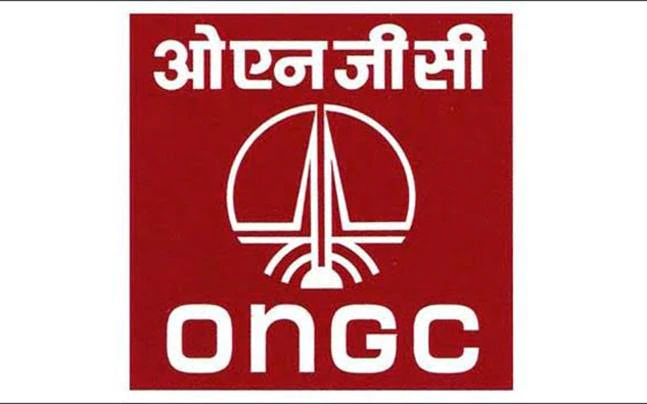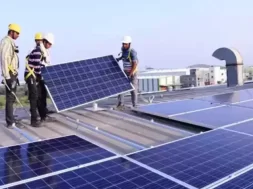
India announced its arrival this year as the world’s biggest country by population with a promise to do things differently. For India’s presidency of the Group of 20, Prime Minister Narendra Modi chose as its theme a term from Sanskrit scripture, ‘Vasudhaiva kutumbakam,’ emphasizing global unity. He had spoken of climate change, alongside terrorism and pandemics, as one of the big challenges the world faces. With the G20 leaders’ summit held over the weekend, it’s notable how quiet that green rhetoric has gotten.
In comments to the Press Trust of India this week, Modi preferred to talk about a (failed) plastic bag ban and a quixotic campaign of global lifestyle changes—finishing up the food on your plate, not leaving the tap running, and eating more millets. There was no mention of the country’s ambitious target to install 500 gigawatts of renewable energy by 2030. “There are no one-size-fits-all solutions” and “our pathways for energy transition will be different,” he said, echoing diplomatic language that’s been used to push back against targets to phase out fossil fuels.
That emphasis is less surprising when you consider how torrid this year’s monsoon season has been. Hot and dry weather has caused the 7%-9% of households with air-conditioning to crank it up, while farmers have switched on groundwater irrigation pumps, pushing demand from the grid to a record 240 gigawatts on 1 September. With a rainfall shortage causing hydroelectric dams to run short and renewable installations [unable to fill shortfalls], that’s pushed coal consumption to record levels. Output rose 13% from a year earlier in August to nearly 68 million tonnes, India’s ministry of coal boasted last week. Power cuts, rightly, are out of the question, especially with general elections coming up.
India is the last country that should take blame for the climate situation the world is in. Responsible for just 3% of historic greenhouse pollution, even in its current coal-burning state, it accounts for less than a third of the EU’s emissions on a per-capita basis, and about one-eighth of those in the US. All that air conditioning is as much a survival necessity as a luxury on a planet that is rapidly warming.
And yet Modi’s government does need to take responsibility for the targets it set for itself. Back in 2015, he announced an ambitious plan to lift installations of wind, solar and small-scale renewables to 175 gigawatts by 2022. Ultimately, only about 60% of the promised capacity was added, though ministers claimed a partial victory by lumping in nuclear, large hydro, and under-construction generators to get closer to the total.
Now the government wants 500 gigawatts of zero-carbon power to be installed by 2030, which would need about 50 gigawatts added every year. This looks even less achievable. Cumulative installations in the three-and-a-half years since the end of 2019 have amounted to only about 40 gigawatts. The capacity installed in January through May was just 4.8 gigawatts, putting the country on track for the weakest year since 2020.
There are some intractable factors behind that shortfall, such as global interest rates that have pushed up the cost of financing energy infrastructure, and a chaotic land ownership system that has fuelled opposition to solar and transmission projects. Others, however, are the result of bad policy, such as a planned 40% import tax on solar modules that will do more to increase the costs of renewable power than foster a domestic manufacturing industry. Then uncertainties over power tariffs, approved components and project timelines contributed to a 58% year-on-year fall in solar installations during the June quarter, according to Mercom India Research. Where favourable policy is in place, there is still a healthy market; during the same period, wind connections jumped by 165% thanks in part to rules requiring utilities to buy more power from such turbines.
In most of the world, 2023 has been a bumper year for the energy transition. China alone will install 209 gigawatts of solar this year, according to Bloomberg NEF, with plug-in cars hitting a 38% market share in July. In India, the equivalent share so far this year was just 5.5%. There are still just 8,738 public charging stations for EVs, compared to the 1.32 million that the Confederation of Indian Industry believes will be necessary by 2030.
With cheap renewables, India could be the 21st century climate leader that Modi speaks of. But its carbon footprint has now overtaken the EU’s to be the biggest in the world after China and the US, and is likely to rise faster than anywhere else over the next decade. Words are all very well. If Modi wants India to live up to its potential, he’s going to need to ensure they’re matched with actions.














